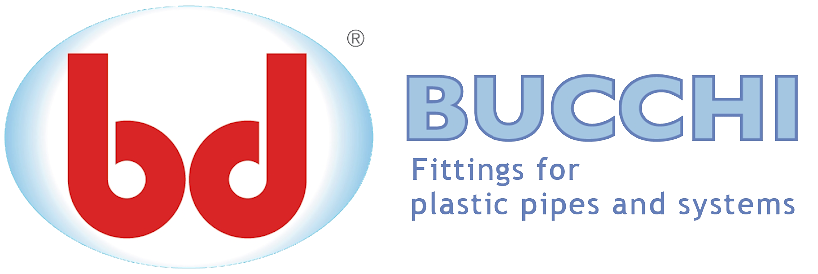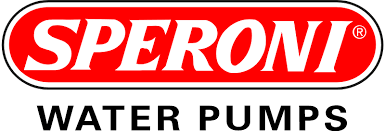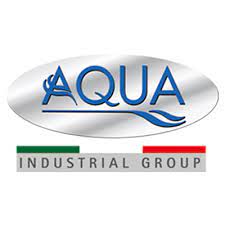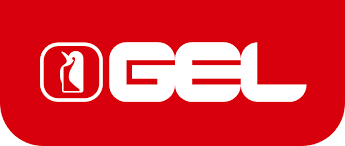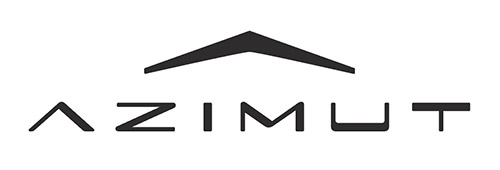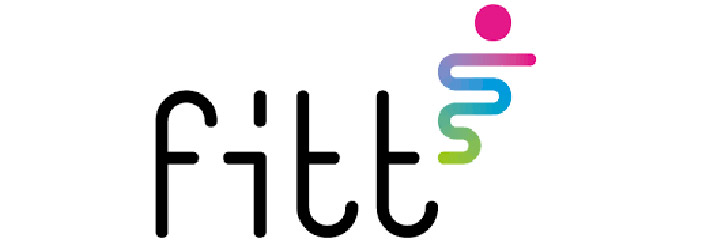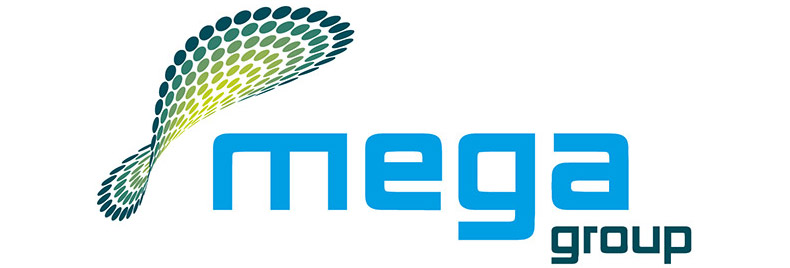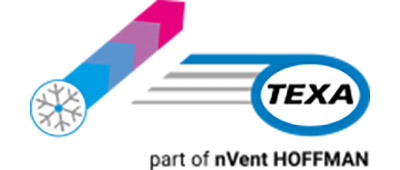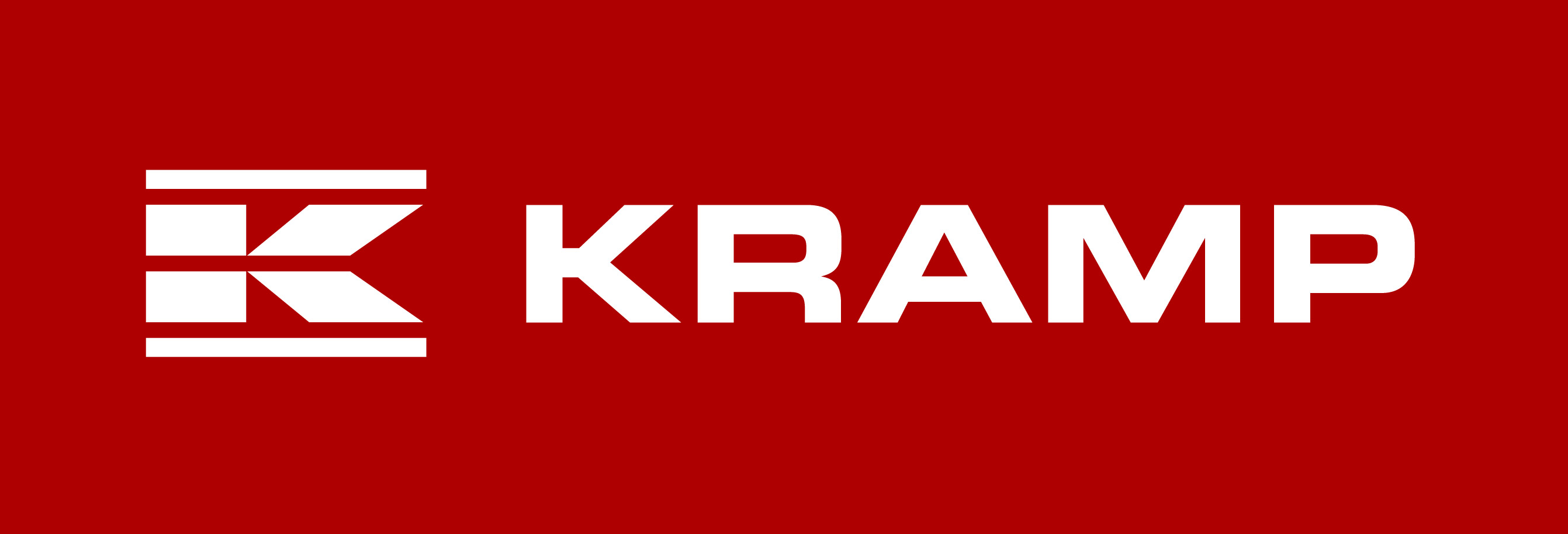Innovation and Safety with the New QJ® - Quick Joints With great enthusiasm, BUCCHI SRL is proud to promote the QJ® quick connect for tanks, an innovation that revolutionises safety and efficiency when working with tanks and confined spaces.
The QJ® is the result of intensive research and development, aimed at providing a practical and effective solution to eliminate the risks associated with internal tank access.
Safety First: The QJ® is designed to ensure the safety and health of workers, complying with Framework Directive 89/391/EEC, Legislative Decree No. 81/2008 and Presidential Decree No. 177 of 14.09.2011. This system allows the tank connection to be installed externally, thus avoiding the exposure of operators to potential hazards from neighbouring environments.
Advanced Technology: Quick Joints® technology uses an innovative fixing system that ensures a watertight connection to a wall. The standard gasket, available in food-grade EPDM, NBR and FPM, covers a wide temperature range, making the QJ® versatile for various industrial applications.
◼️The fitting with food-grade EPDM, covers a temperature range of approx. -30°C to +130°C and its colour is totally black.◼️The fitting with NBR, has a temperature range of approx. -10°C to +90°C and is recognisable through the grey colour of its collar.◼️The fitting with FPM is green in colour and has a temperature range of approx. -10°C to +150°C.
Application area: The QJ® is used in tanks for liquid storage, underground and above ground, such as rainwater recovery tanks, tanks for automotive, marine, caravan and lifting and transport equipment.
Quick and Easy Installation: Installation of the QJ® is simple and can be done from the outside of the tank, on walls of varying thickness and circular with a minimum radius of 50 cm. This not only facilitates the installation process but also significantly reduces downtime.
Simplified Maintenance: The elastic seal memory allows for quick and easy maintenance, ensuring the longevity and reliability of the system.Versatility and Compatibility: The QJ® is compatible with tanks of different materials, such as GRP, PE, PP and metal, offering a universal solution for your operational needs.
Innovation and Advantages: The variable geometry of the gasket compresses to the tank wall during screwing, guaranteeing a tight and mechanical seal to the pull-out, even with applied stresses of 8Nm
Invitation to Discovery: We invite you to discover how the QJ® can transform your approach to safety and efficiency at work.
For a demonstration or to find out how the QJ® can integrate into your operating environment, please contact us by email info@bucchi.it or telephone 0545 901001.
The team at BUCCHI SRL, chooses innovation in the service of safety. Adopting the QJ® means choosing a reliable partner.
Read more 